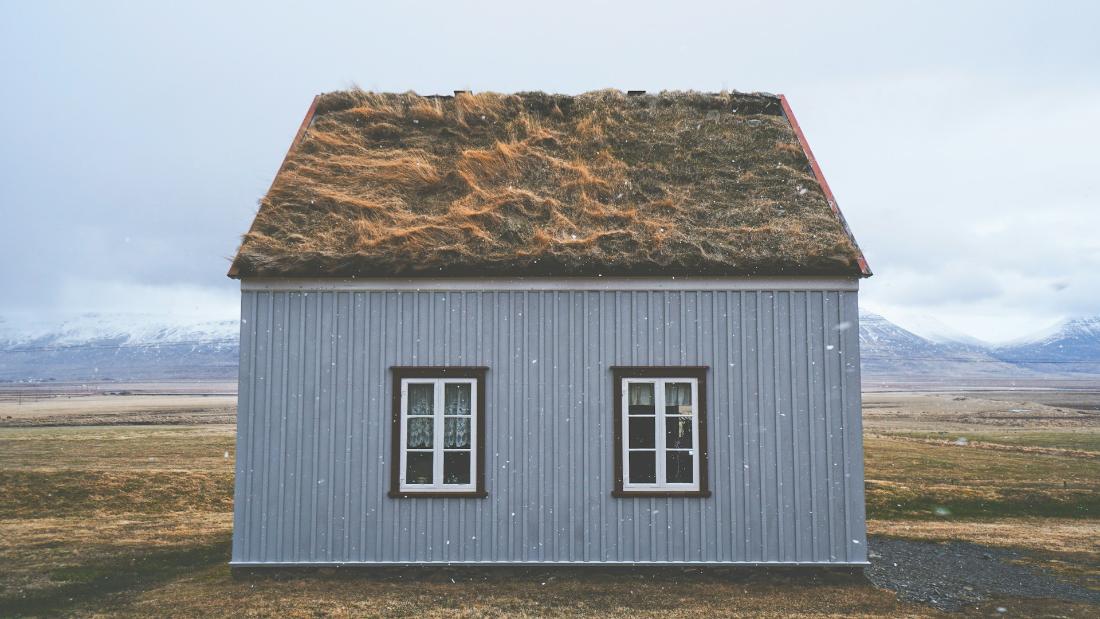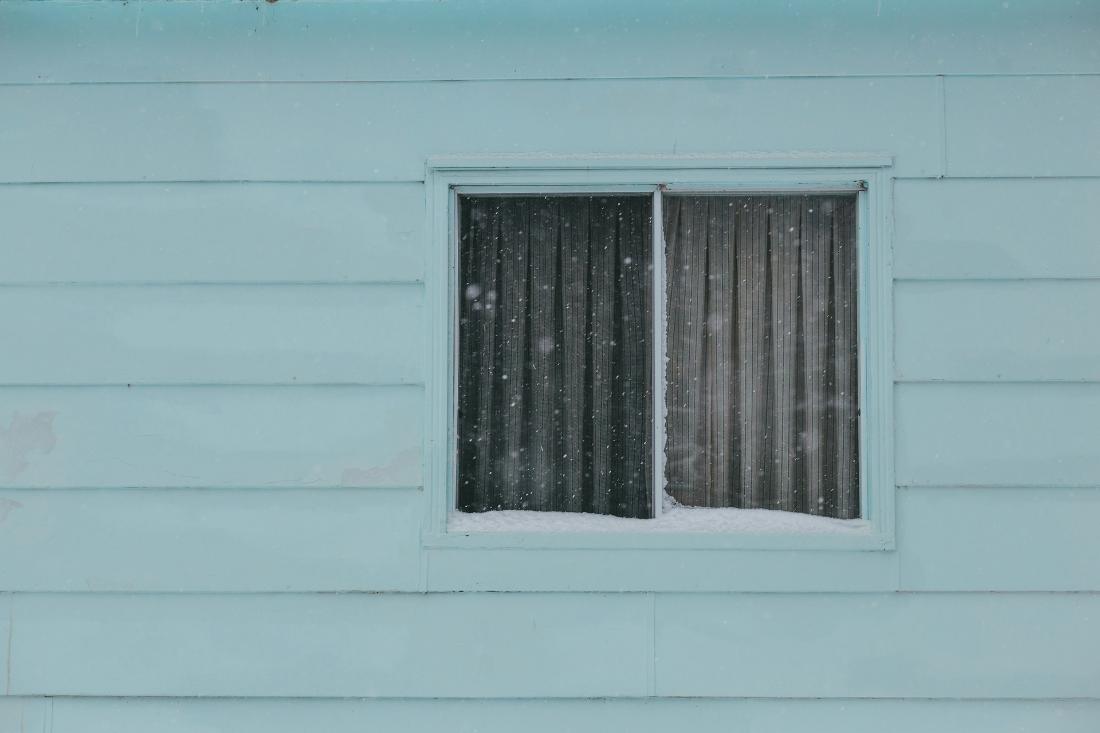Room
Heat Insulation Specialist in Malaysia: Keeping Cool in the Tropical Heat
Aug 5 2025
The sweltering afternoon heat in Kuala Lumpur's concrete jungle can feel unbearable, especially when you step into a poorly insulated office building. I remember visiting a client's factory in Shah Alam last summer where the metal roof turned the workspace into a sauna—workers were drenched in sweat by mid-morning, and productivity had plummeted. That was before they brought in a heat insulation specialist in Malaysia who transformed their facility with the right materials. Within weeks, indoor temperatures dropped significantly, energy bills decreased, and employee comfort improved dramatically.
In Malaysia's tropical climate, where temperatures regularly soar above 35°C and humidity hovers around 80%, effective heat insulation isn't just about comfort—it's about energy efficiency, cost savings, and even structural protection. Whether it's a home, factory, or commercial building, proper insulation can make all the difference. This article explores why heat insulation matters, the best materials for Malaysian conditions, and how to find a specialist who delivers lasting results.
Why Heat Insulation Matters in Malaysia
Many property owners underestimate the impact of heat until they face soaring electricity bills or uncomfortable living conditions. Without proper insulation, buildings absorb heat throughout the day, turning interiors into ovens by afternoon. Air conditioning systems then work overtime, driving up energy costs while struggling to maintain a comfortable temperature.
Beyond comfort, excessive heat can damage electronics, degrade building materials, and even affect health. In industrial settings, machinery overheats more quickly, leading to frequent breakdowns and maintenance costs. A well-insulated space, on the other hand, stays cooler naturally, reduces reliance on air conditioning, and protects both people and equipment from heat stress.
In Malaysia's tropical climate, where temperatures regularly soar above 35°C and humidity hovers around 80%, effective heat insulation isn't just about comfort—it's about energy efficiency, cost savings, and even structural protection. Whether it's a home, factory, or commercial building, proper insulation can make all the difference. This article explores why heat insulation matters, the best materials for Malaysian conditions, and how to find a specialist who delivers lasting results.
Why Heat Insulation Matters in Malaysia
Many property owners underestimate the impact of heat until they face soaring electricity bills or uncomfortable living conditions. Without proper insulation, buildings absorb heat throughout the day, turning interiors into ovens by afternoon. Air conditioning systems then work overtime, driving up energy costs while struggling to maintain a comfortable temperature.
Beyond comfort, excessive heat can damage electronics, degrade building materials, and even affect health. In industrial settings, machinery overheats more quickly, leading to frequent breakdowns and maintenance costs. A well-insulated space, on the other hand, stays cooler naturally, reduces reliance on air conditioning, and protects both people and equipment from heat stress.
Common Heat Insulation Solutions in Malaysia
Different buildings require different approaches to insulation, depending on their design, location, and usage.
Roof Insulation: The First Line of Defense
In Malaysia, roofs bear the brunt of solar radiation, often reaching temperatures high enough to fry an egg. Traditional zinc or concrete roofs without insulation turn attics into heat traps, radiating warmth downward into living or working spaces. Modern solutions like reflective foil insulation, spray foam, or thermal blankets can reduce roof surface temperatures by up to 20°C. I've seen factories in Johor Bahru that installed radiant barrier foil under their metal roofs and immediately noticed cooler interiors without additional air conditioning.
Wall Insulation: Keeping Heat Out and Cool Air In
Many older Malaysian homes and buildings have hollow walls that allow heat to penetrate easily. Insulating materials like expanded polystyrene (EPS) boards, mineral wool, or even aerogel-based coatings can be applied to walls to significantly reduce heat transfer. A client in Penang who retrofitted their heritage shophouse with internal wall insulation reported not just cooler temperatures but also reduced noise from the busy street outside—a bonus benefit they hadn't anticipated.
Pipe and Duct Insulation: Often Overlooked but Critical
In industrial plants and commercial kitchens, uninsulated steam pipes and air conditioning ducts waste enormous amounts of energy. Properly insulated pipes maintain temperature more efficiently, reducing energy consumption and preventing dangerous surface temperatures. A hotel in Langkawi cut their hot water system energy use by 30% simply by having their pipes professionally insulated.
Window Insulation: Blocking Heat at the Source
While not always considered traditional insulation, window films, thermal curtains, and double-glazed units play a crucial role in preventing heat gain. The difference between a single-pane window and a properly insulated one can be as much as 10°C in room temperature. A school in Putrajaya that installed heat-reflective window films reported not just cooler classrooms but also reduced glare on computer screens—making learning environments more comfortable for students.
Different buildings require different approaches to insulation, depending on their design, location, and usage.
Roof Insulation: The First Line of Defense
In Malaysia, roofs bear the brunt of solar radiation, often reaching temperatures high enough to fry an egg. Traditional zinc or concrete roofs without insulation turn attics into heat traps, radiating warmth downward into living or working spaces. Modern solutions like reflective foil insulation, spray foam, or thermal blankets can reduce roof surface temperatures by up to 20°C. I've seen factories in Johor Bahru that installed radiant barrier foil under their metal roofs and immediately noticed cooler interiors without additional air conditioning.
Wall Insulation: Keeping Heat Out and Cool Air In
Many older Malaysian homes and buildings have hollow walls that allow heat to penetrate easily. Insulating materials like expanded polystyrene (EPS) boards, mineral wool, or even aerogel-based coatings can be applied to walls to significantly reduce heat transfer. A client in Penang who retrofitted their heritage shophouse with internal wall insulation reported not just cooler temperatures but also reduced noise from the busy street outside—a bonus benefit they hadn't anticipated.
Pipe and Duct Insulation: Often Overlooked but Critical
In industrial plants and commercial kitchens, uninsulated steam pipes and air conditioning ducts waste enormous amounts of energy. Properly insulated pipes maintain temperature more efficiently, reducing energy consumption and preventing dangerous surface temperatures. A hotel in Langkawi cut their hot water system energy use by 30% simply by having their pipes professionally insulated.
Window Insulation: Blocking Heat at the Source
While not always considered traditional insulation, window films, thermal curtains, and double-glazed units play a crucial role in preventing heat gain. The difference between a single-pane window and a properly insulated one can be as much as 10°C in room temperature. A school in Putrajaya that installed heat-reflective window films reported not just cooler classrooms but also reduced glare on computer screens—making learning environments more comfortable for students.
Choosing the Right Heat Insulation Specialist
Not all insulation contractors are created equal. The tropical Malaysian environment presents unique challenges that require specific expertise.
Material Knowledge is Key
A true specialist will understand which materials work best in our humidity and heat. For example, some fiberglass insulations can trap moisture and grow mold, while certain foam boards may degrade under constant UV exposure. The best contractors stay updated on the latest materials and technologies, like phase-change materials that absorb heat during the day and release it at night.
Proper Installation Makes All the Difference
Even the best insulation material underperforms if installed incorrectly. Gaps, compression, or improper sealing can drastically reduce effectiveness. I've seen too many DIY insulation jobs where small mistakes led to big problems later—like a condo owner who installed foam boards without proper vapor barriers, leading to moisture accumulation and peeling paint.
Energy Audit Capabilities
Leading insulation specialists now offer thermal imaging and energy audits to pinpoint exactly where a building is losing cooling. This scientific approach takes the guesswork out of insulation and ensures resources are focused where they'll make the most difference.
After-Installation Support
Quality contractors don't just install and disappear. They provide guidance on maintenance, warranties, and even help with claiming government incentives for energy-efficient upgrades.
Not all insulation contractors are created equal. The tropical Malaysian environment presents unique challenges that require specific expertise.
Material Knowledge is Key
A true specialist will understand which materials work best in our humidity and heat. For example, some fiberglass insulations can trap moisture and grow mold, while certain foam boards may degrade under constant UV exposure. The best contractors stay updated on the latest materials and technologies, like phase-change materials that absorb heat during the day and release it at night.
Proper Installation Makes All the Difference
Even the best insulation material underperforms if installed incorrectly. Gaps, compression, or improper sealing can drastically reduce effectiveness. I've seen too many DIY insulation jobs where small mistakes led to big problems later—like a condo owner who installed foam boards without proper vapor barriers, leading to moisture accumulation and peeling paint.
Energy Audit Capabilities
Leading insulation specialists now offer thermal imaging and energy audits to pinpoint exactly where a building is losing cooling. This scientific approach takes the guesswork out of insulation and ensures resources are focused where they'll make the most difference.
After-Installation Support
Quality contractors don't just install and disappear. They provide guidance on maintenance, warranties, and even help with claiming government incentives for energy-efficient upgrades.
The Future of Heat Insulation in Malaysia
As energy costs rise and environmental awareness grows, insulation technology is advancing rapidly.
Smart Insulation Materials
New phase-change materials and thermochromic coatings that automatically adjust their insulating properties based on temperature are coming to market. These could revolutionize how we manage heat in Malaysian buildings.
Sustainable Options
Eco-friendly insulation made from recycled denim, coconut fibers, or mushroom mycelium is gaining traction among environmentally conscious builders. These materials often provide excellent thermal performance while being completely biodegradable.
Integrated Solar Solutions
Some forward-thinking companies are combining insulation with solar panel installations, creating roofing systems that both block heat and generate electricity—a perfect combination for Malaysia's sunny climate.
Conclusion: Investing in Comfort and Efficiency
Quality heat insulation is one of those rare home and business improvements that pays for itself over time through energy savings while immediately improving quality of life. In a country where air conditioning can account for 60% of electricity bills, proper insulation isn't a luxury—it's a necessity.
When selecting a heat insulation specialist in Malaysia, look beyond just price. Consider their material knowledge, installation expertise, and ability to provide customized solutions for your specific needs. The right specialist won't just install insulation—they'll transform your living or working environment into a cooler, more comfortable, and energy-efficient space.
As energy costs rise and environmental awareness grows, insulation technology is advancing rapidly.
Smart Insulation Materials
New phase-change materials and thermochromic coatings that automatically adjust their insulating properties based on temperature are coming to market. These could revolutionize how we manage heat in Malaysian buildings.
Sustainable Options
Eco-friendly insulation made from recycled denim, coconut fibers, or mushroom mycelium is gaining traction among environmentally conscious builders. These materials often provide excellent thermal performance while being completely biodegradable.
Integrated Solar Solutions
Some forward-thinking companies are combining insulation with solar panel installations, creating roofing systems that both block heat and generate electricity—a perfect combination for Malaysia's sunny climate.
Conclusion: Investing in Comfort and Efficiency
Quality heat insulation is one of those rare home and business improvements that pays for itself over time through energy savings while immediately improving quality of life. In a country where air conditioning can account for 60% of electricity bills, proper insulation isn't a luxury—it's a necessity.
When selecting a heat insulation specialist in Malaysia, look beyond just price. Consider their material knowledge, installation expertise, and ability to provide customized solutions for your specific needs. The right specialist won't just install insulation—they'll transform your living or working environment into a cooler, more comfortable, and energy-efficient space.



